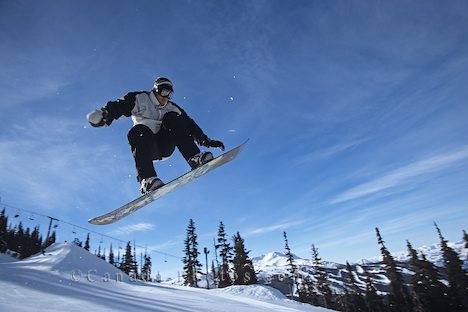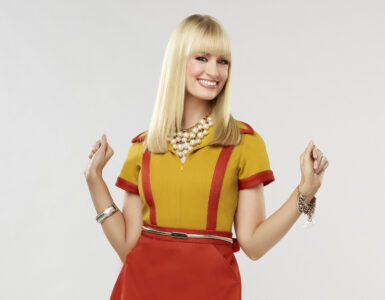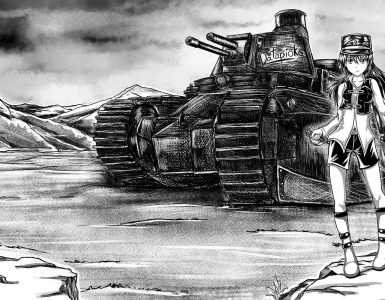People in tropical climates, during summer, face intense temperatures that drain them. The extreme temperatures drive people in droves towards colder regions. Today, artificial snowy recreational spots are a legitimate business. People can skate around an ice rink, snowboard down a cliff, and ski down a slope, all in one enormous space. Brands like Burton Snow Hard Goods thrive because of the popularity of these establishments. This effortless accessibility led to the initiation of serious snow sports, but they are primarily a family fun arena. A snow park is for everybody, and people should not be apprehensive of trying it for the first time. All safety protocols are followed strictly, allowing for maximum fun. While these establishments do provide apparel, it is advisable to bring one’s own.
NECESSARY EQUIPMENT FOR SNOWBOARDING AND SKIING
The gear for snowboarding and skiing are vastly different, but the thermal wear prescribed is much the same.
Apparel
The requisite apparel for snowboarding or skiing fulfils two purposes. One, to avoid accidents and two, to protect the individual from the cold and possible accidents.
Helmet and Goggles
A skiing and snowboarding helmet is not very different and provides sufficient protection to the head from injury. Goggles fulfil the purpose of keeping the snow and harsh wind away from the individual’s eyes.
Jackets and Pants
Snowboarding jackets and pants provide extreme comfort and protection from all weather conditions. They are also breathable, allowing sweat to escape for maximum comfort. They don’t weigh down the person, allowing for effortless manoeuvring. Skiing pants are similar in the constitution allowing for smooth execution of those skids.
Layering
The layers worn underneath the jackets and pants are known as base and mid-layers. Synthetic is a prime choice for the base layer, while the mid-layer can be either fleece or wool for additional protection from the cold.
Gloves
Skiing and snowboarding gloves offer better grip and support than regular winter gloves. They also provide adequate insulation while enabling movement.
Boots and Socks
These socks and boots are like other winter wear, primarily for insulation. Skiing and snowboarding boots only differ in bindings that attach the shoes to the ski or snowboard.
Snowboarding Specific Gear
The primary gear for snowboarding is the snowboard. Most places have sufficient stock of snowboards for rent or hire. There are three types of snowboards – freestyle, free ride and alpine. First-timers should opt for freestyle snowboards as they allow better control. Another vital accessory is the binding. The binding attaches the boot to the board securely. Brands like Burton sell these bindings in various colours.
Skiing Specific Gear
There are three basic types of skiing equipment; they are ski-poles, ski-bindings and ski-boards. The ski-poles help the individual make turns and perform moves and are two thin stick-like poles. The ski bindings are similar to the snowboarding bindings and help fasten the ski boots to the ski boards. The ski boards are the weight-bearing equipment that allows the individual to traverse the slope.
Skating Specific Gear
The apparel and gear for ice skating differ based on context; for competitions and performances, the clothing usually favours dance movements. Sports like ice hockey have their uniform requirements, primarily for mobility and protection. Recreational ice skating costumes mimic those of snowboarding and skiing. The ice skates are an essential part of the outfit, as they help the individual move over the ice fluidly.
People going to ski resorts and snow parks should get their apparel, as it should fit them perfectly; the boards and skiing equipment can be rented from the resort. Brands like Burton provide one-stop solutions for snow sports apparel, allowing people access to them worldwide. Ice skates should especially fit the individual’s feet to safely and comfortably skate on the ice.




























